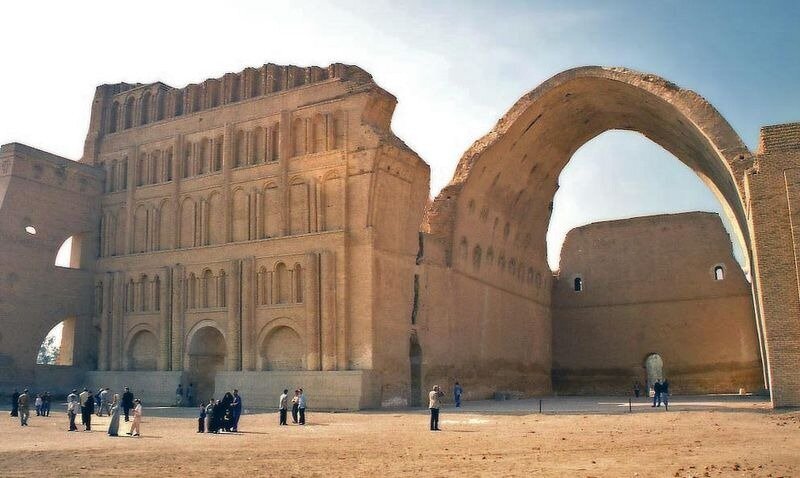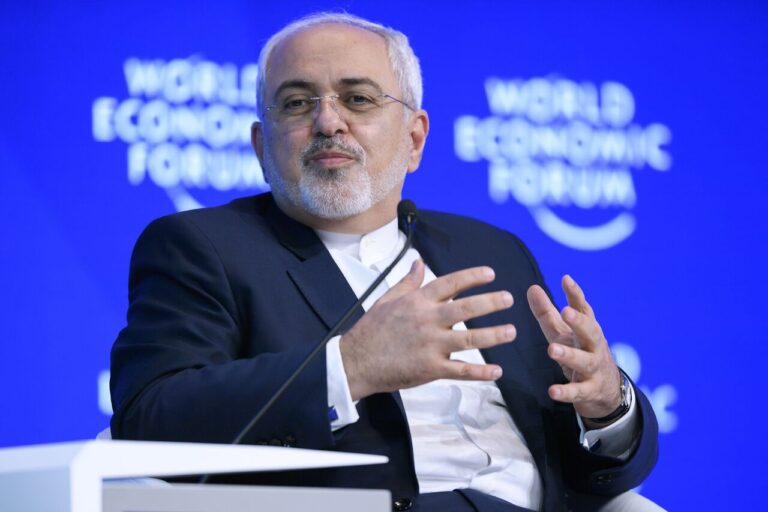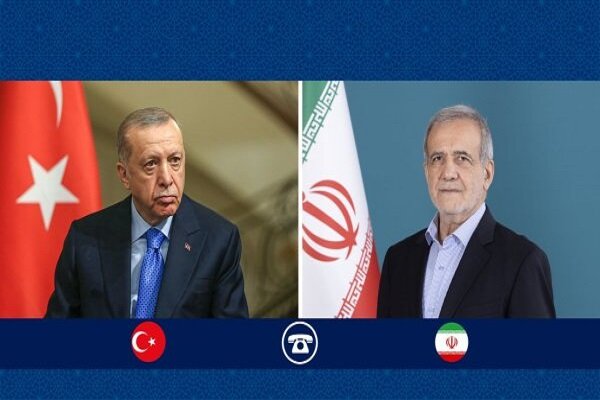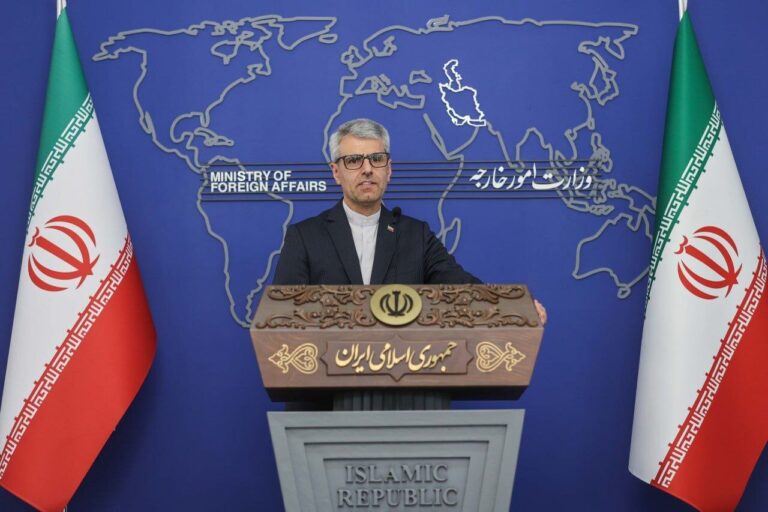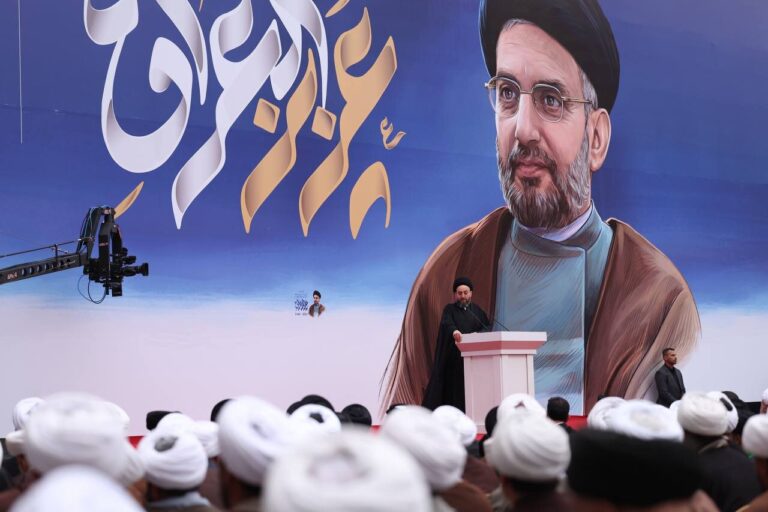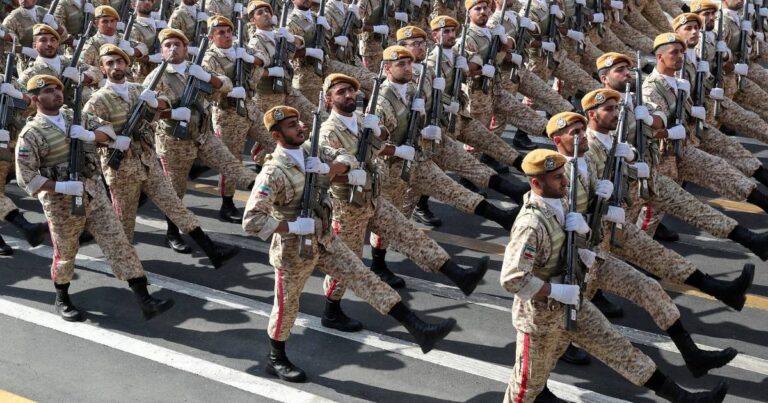Iran Steps Up: Offers Support for Taq Kasra Restoration in Iraq
Iran is poised to play a pivotal role in the restoration of Taq Kasra, an iconic example of Sassanid-era Persian architecture situated near Baghdad. This commitment was highlighted by Mohammad-Mehdi Imanipour, the head of Iran’s Islamic Culture and Communication Organization, during a recent meeting with Ahmed Fakak Al-Badrani in Tehran, as reported by ISNA.
Significance of Taq Kasra
Taq Kasra, also referred to as the Arch of Ctesiphon, is a monumental structure that holds immense cultural importance for both Iran and Iraq. Imanipour expressed that, “Taq Kasra is a monument deeply cherished by the Iranian people.” He emphasized the urgency of restoration efforts, stating, “Unfortunately, restoration efforts have yet to begin. If the Iraqi government is willing, we are very much interested in contributing to its preservation and repair.”
Strengthening Cultural Ties
During the meeting, Imanipour underscored the growing cooperation between the cultural sectors of Iran and Iraq. He mentioned that:
- The Iranian cultural attaché in Iraq is ready to facilitate bilateral cultural exchange programs.
- Recent advancements in tourism relations between the two nations are promising.
He also shared insights from his visit to various Iraqi museums, where he noted the valuable collection of antiquities. “There is great potential for joint efforts to preserve and restore archaeological heritage. We are ready to engage in such collaborations,” he added, emphasizing the importance of cultural cooperation.
Concerns About Taq Kasra’s Condition
Despite the historical significance of Taq Kasra, recent years have seen parts of the structure collapse, raising alarms among historians, archaeologists, and advocates for cultural heritage in Iran. The lack of substantial restoration initiatives has led many experts to call for immediate action.
In 2019, discussions took place between Tehran Municipality and Baghdad’s urban planners, focusing on the restoration of several aging monuments in Iraq, including Taq Kasra. However, progress has been slow.
Historical Context of Taq Kasra
Taq Kasra is celebrated as one of the most significant architectural achievements from the Persian Sassanid era. The arch was originally part of an imperial palace complex, although the exact date of its construction remains uncertain. Historical perspectives vary, with some attributing its founding to Shapour I, who ruled Persia from 242 to 272 CE. Others suggest that the construction might have commenced during the reign of Anushiruwan the Just (Khosrow I) after a campaign against the Byzantines in 540 CE.
As discussions continue regarding the restoration of this monumental structure, the collaboration between Iran and Iraq could pave the way for preserving not only Taq Kasra but also other significant cultural heritage sites in the region. The commitment from Iran to assist in the restoration efforts signals a potential turning point in safeguarding this vital piece of history for future generations.
Potential Collaborative Efforts
Should the Iraqi government accept Iran’s offer, the following collaborative efforts could be initiated:
- Joint restoration projects that leverage the expertise of Iranian architects and historians.
- Cultural exchange programs that promote shared heritage and history.
- Increased tourism initiatives to attract visitors to Taq Kasra and other historical sites.
In conclusion, the restoration of Taq Kasra represents not just a cultural endeavor but also a symbol of the evolving relationship between Iran and Iraq. By prioritizing the preservation of their shared historical heritage, both nations can foster greater understanding and cooperation moving forward.
